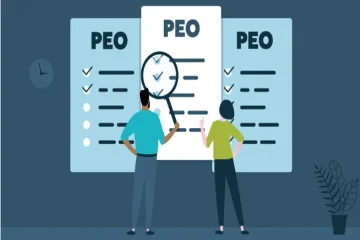Conferences offer unparalleled opportunities for learning and networking when you’re attending them. However, for organizers, the experience often dissolves into endless to-do lists and logistics. From venue selection to speaker coordination and creating memorable moments, event organizing can overwhelm even seasoned professionals. The most impactful gatherings – those that inspire transformation and foster meaningful relationships – emerge when organizers move beyond rigid protocols. Rather than pursuing perfection in execution, the focus should shift to crafting meaningful interactions that participants will treasure.
Here are four tips for making a conference unforgettable.
1. Starting With Clear Goals
Instead of pursuing nebulous objectives or striving for an idealistic vision of success, you might consider narrowing your focus to one measurable outcome. Your attendees could walk away mastering a specific strategy, or perhaps new collaborative relationships might emerge during the event. This central purpose influences every aspect, from the selection of speakers to the layout of the room. When organizing a networking event, thoughtful seating arrangements can naturally encourage meaningful dialogue among participants. In the case of skill-building conferences, participants tend to value interactive learning sessions. Without this foundational element, even the most elaborate production may feel insubstantial.
2. Choosing a Location People Can Easily Commute To
Prioritize the attendees before you choose a venue. If your attendees have to battle traffic to get there or have trouble finding a parking spot, a put-together venue won’t help. That’s why you might focus on booking venues near transit hubs. They usually have clear drop-off zones or shuttle services from key hotels. Accessibility isn’t just ramps. It’s intuitive wayfinding the moment someone steps off the train. People remember how easy it was to get there, not just the decor inside.
3. Matching Room Size to Your Audience
Packed venues often become sources of mental drain and fatigue. Overfilled spaces can diminish enthusiasm and drive. A smaller gathering of 50 participants in an intimate setting proves more effective than cramming 200 into a vast space. The environment plays a crucial role in bringing out participants’ potential, as comfort leads to better engagement. Many potential attendees may choose to skip events when they notice excessive crowding. For substantial gatherings, stadium-style seating arrangements help ensure every participant feels noticed and valued. The overall conference design should naturally facilitate attendee connections. Strategic placement of wide walkways between sessions and convenient power stations can naturally encourage spontaneous conversations.
4. Getting Good Speakers
Securing exceptional speakers stands as the cornerstone of organizing an unforgettable conference experience. The right speakers don’t just deliver presentations—they transform your event into a dynamic platform that captivates audiences and creates lasting impact. When selecting motivational speakers in Boston, prioritize individuals who possess both deep expertise in their field and the ability to communicate complex ideas with clarity and enthusiasm. Look for speakers who demonstrate genuine passion for their subject matter, as this energy becomes contagious and elevates the entire conference atmosphere. Exceptional speakers create memorable moments that attendees discuss long after the event concludes, generating valuable word-of-mouth marketing for future conferences. They serve as the bridge between your conference objectives and audience expectations, making the investment in quality speakers one of the most crucial decisions in your event organizing process.
Conclusion
Creating a successful conference doesn’t require following rigid guidelines. When participants achieve their objectives, they will likely find value in the experience.




